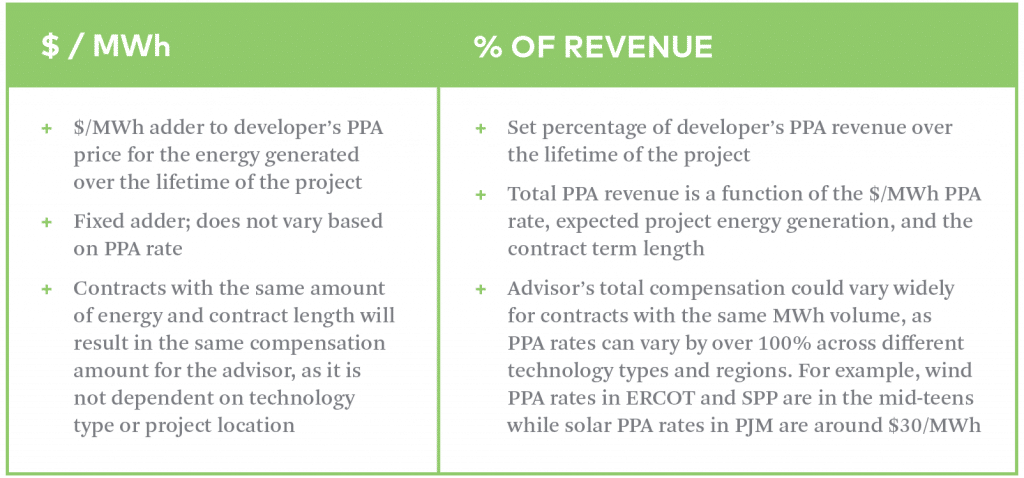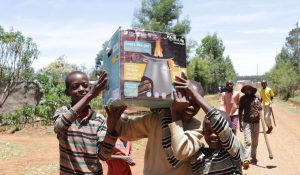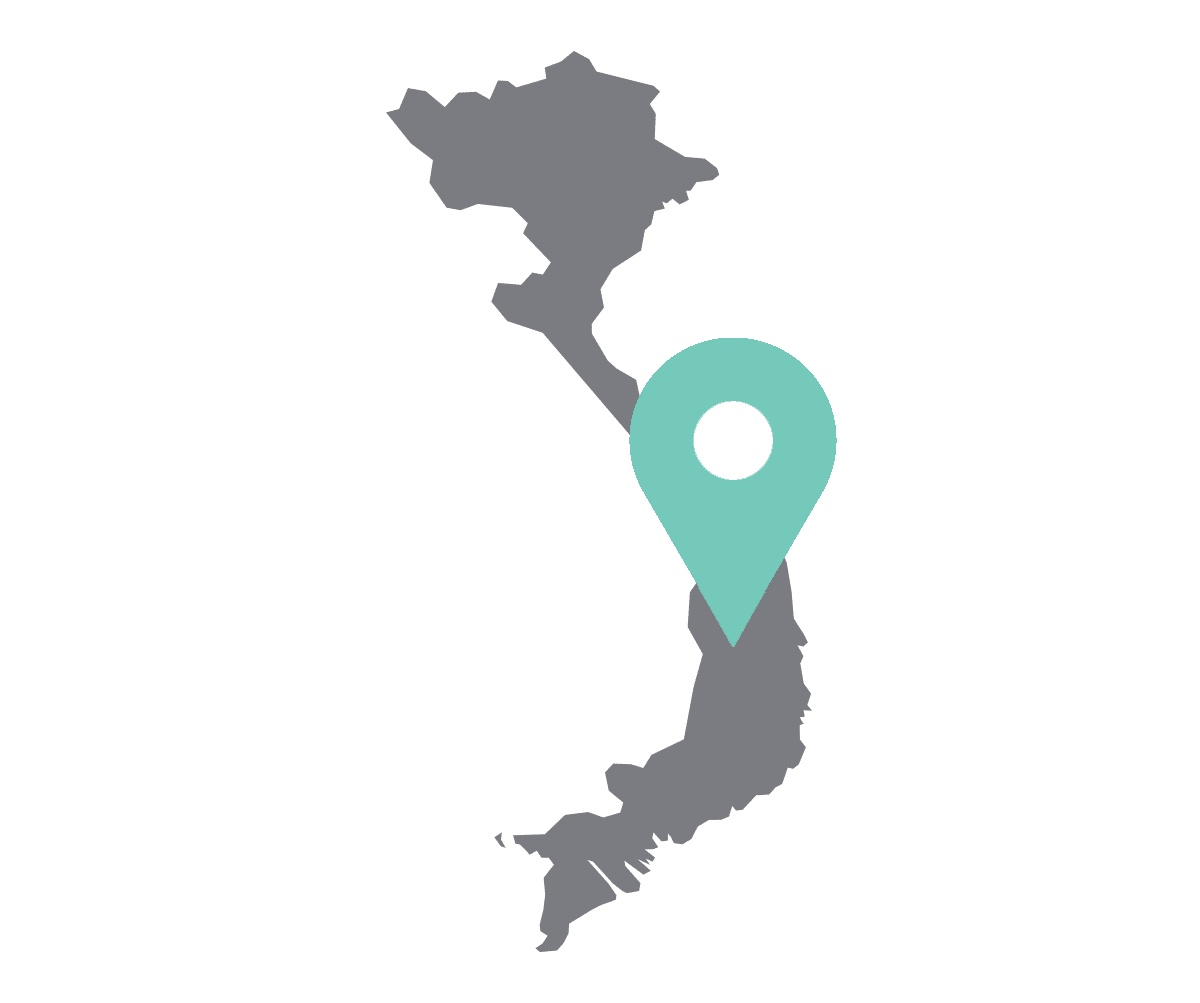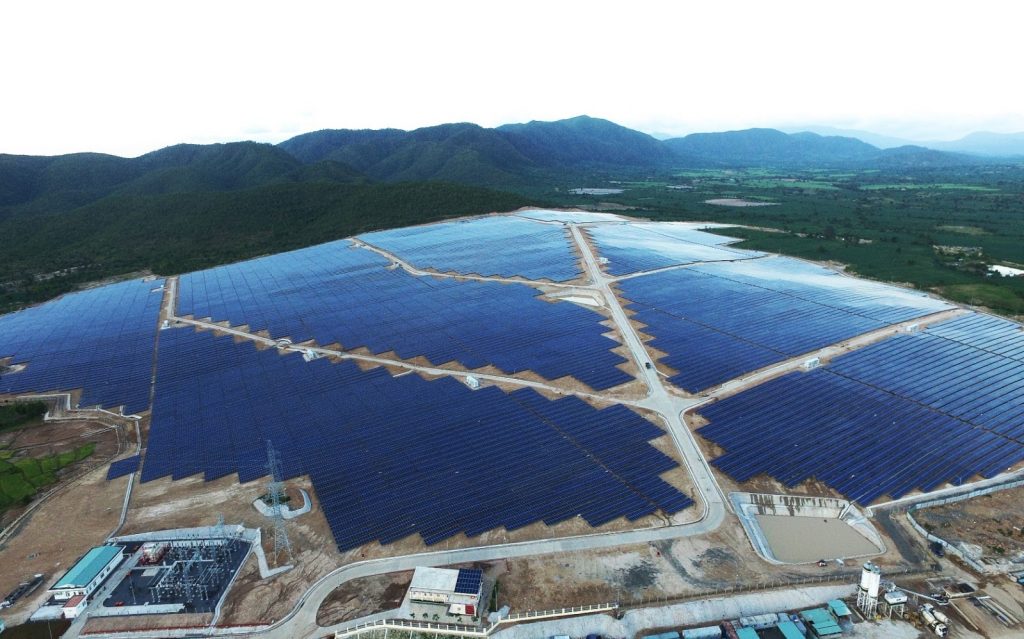
Having set ambitious climate goals, your company is now deciding how to go about achieving those targets. Many corporations are entering into power purchase agreements (PPA) to procure large volumes of renewable energy. These transactions are a convenient way to quickly achieve renewable energy goals, but can expose buyers to significant risk factors along the way. Companies that do not have in-house expertise in wholesale power markets and PPAs find it critically important to partner with an experienced advisor and to incentivize success with the appropriate compensation structure.
The scope of an advisor’s work can include stakeholder education and alignment, procurement management and financial analysis, and contract negotiations and performance monitoring. Perhaps more importantly, an advisor’s role requires mitigating the financial risks of wholesale electricity market exposure, as well as any development-related risks associated with counterparties, project financing, and other execution risks.
While there are multiple advisors who can perform these PPA services, cost and compensation structures can be opaque and vary widely making it difficult to select an advisor with aligned incentives. Understanding how the compensation structures work is fundamental to ensuring a fair and successful PPA transaction. Below we describe common fee structures in the market.
Success Fee
In the success fee pricing structure, the advisor’s fee is amortized over the life of the contract and rolled into the PPA payments as a “lift.” This means you pay for the advisory work over the project’s operational lifetime instead of allocating budget to the procurement process upfront. While the advisor is only paid if a contract is successfully executed, success fee structures may have a recapture fee if no transaction is executed once the engagement passes a certain milestone. Although success fees are typically the most expensive option on a total cost basis, the avoidance of an upfront cost is attractive to many buyers.
Success fees are ideal for companies that do not want to spend budget upfront on the PPA procurement process or deal with cost allocation across multiple departments.
There are two main ways that success fees are offered, which can be standalone or combined:

While advisor fees have not traditionally shared in buyers’ wholesale power market risk exposure, 3Degrees has worked with clients to create performance-based success fee structures to share that risk.
Time and Materials
A time and materials (T&M) pricing structure allows for the most flexibility as you pay for the work performed on the renewable energy transaction as it occurs. At the end of the engagement, there is no pressure for your organization to sign a contract. Furthermore, the fee will not vary based on the selected project’s final size, technology, or other specific attributes. This is typically the lowest cost option for our clients, but it requires budget to be allocated to the procurement process upfront, which may be a tough sell internally – especially in the current economic environment.
T&M consulting fees typically result in the lowest total advisor cost for buyers, but require upfront budget allocation which can be a hurdle for some organizations.
Fixed Fee
A fixed fee structure identifies a set dollar amount that is paid to the advisor either entirely upon contract execution or on a milestone basis. This structure is often offered at a premium to T&M pricing because the work is performed at risk by the advisor. Similar to T&M pricing, there is no pressure for your organization to sign a contract and the fee will not vary based on the selected project’s final size, technology, or other specific attributes.
A fixed fee could be a good option for companies that want a PPA transaction executed for a guaranteed price without cost overruns which can occur under the T&M structure.
| FEE TYPE | TOTAL ADVISOR COMPENSATION | PAYMENT TIMELINE |
UPFRONT COST | PRICE VARIES BY TYPE & LOCATION | PRICE VARIES BY MWh VOLUME |
| SUCCESS FEE ($/MWh) | High | Over PPA term* | No | No | Yes |
| SUCCESS FEE (% of revenue) | High | Over PPA term* | No | Yes | Yes |
| TIME & MATERIALS | Low | Monthly up to PPA execution | Yes | No | No |
| FIXED FEE | Medium | Milestones up to PPA execution | Yes | No | No |
*Success fee structures may have a recapture fee if no transaction is executed once the engagement passes a certain stage.
In our experience, there is not one single pricing structure that will work best for every company. Success fees are popular compensation structures that allow organizations to attain their climate goals while managing budget constraints in the COVID-19 economy. While we have seen increasing interest in success fees recently, 3Degrees continues to offer each of the pricing structures described above to best meet the needs and preferences of our clients.
Success fees are popular compensation structures that allow organizations to attain their climate goals while managing budget constraints in the COVID-19 economy.



 Health:
Health: Economic:
Economic:

Recent Comments